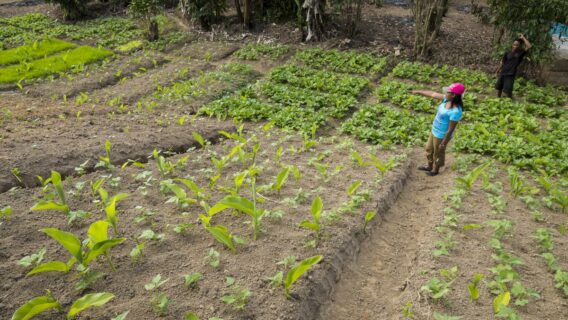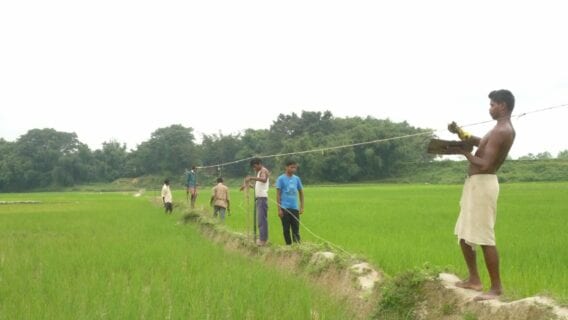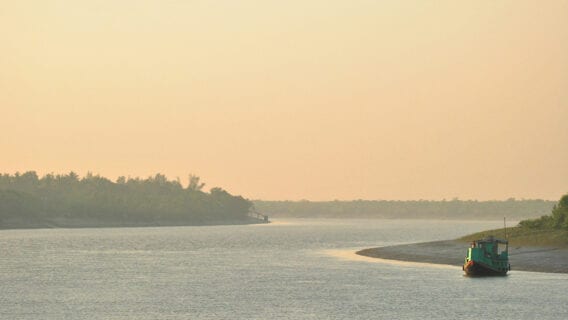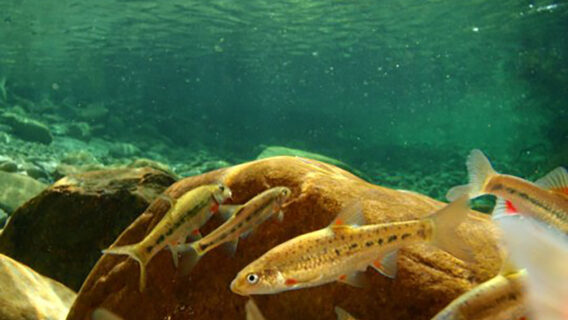Updates From the Field: Reducing the Illegal Hunting of Threatened Lemurs in Madagascar
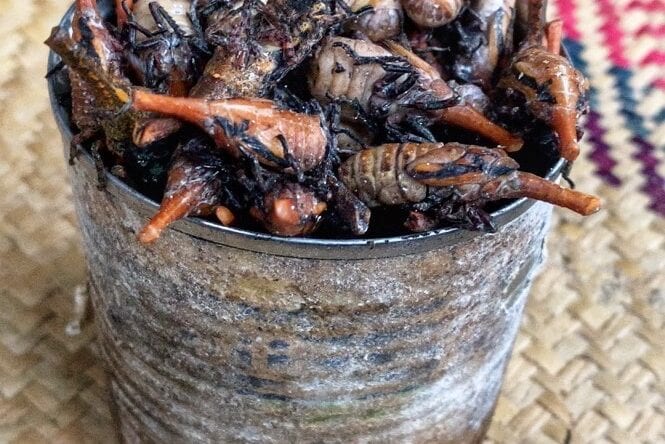
Madagascar is one of the world’s least food secure nations and its ecosystems support the health, wellbeing, and food security of rural communities. Few alternatives to wild meats are available in an adequate and affordable supply and many are highly volatile. Thus, the future of lemurs depends on a malnourished human population who commonly hunts them for food.
Together, we can fill both bellies and forests. In collaboration with IUCN Save Our Species, we are using 15 years of research on hunting surrounding the Masoala National Park, Madagascar’s largest national park and a UNESCO World Heritage Site, to ensure the long-term survival of 11 species of Threatened lemur (see full list of species below). To reduce the unsustainable hunting of lemurs such as the Critically Endangered red ruffed lemur, we are collaborating with communities whose food security depends on these local forests. To increase the affordability, accessibility, and quality of alternatives to lemur-meat, we are farming sakondry (Zanna tenebrosa) – a traditionally eaten native insect that is both high in essential nutrients and extremely delicious (it tastes like bacon!). To determine the most effective ways to rear the insect, and measure the effect it has on household food security, hunting, and endemic lemur populations, our community partners (93% of all households) have worked with us to monitor: the nutrition, hunting, and forest use of 1,118 community partners; endangered lemur populations along 500km of trails; each plant in 31,416 m2 of lemur habitat; and every sakondry on 2,065 farmed host-plants. Thanks to this collaboration, we have identified techniques for maximizing insect production while minimizing investment on a wide range of edible agricultural host-plants. Communities are farming the insect in open-air un- and under-used agricultural, communal, and backyard lands of their choosing to improve food production without additional land-clearing.
Thanks to the support of IUCN Save Our Species Lemurs, each community has raised >90,000 harvestable-size sakondry during the first year of our project, adding a sustainable source of 450,000 kilocalories and 35,000g of protein to their diets. This has rapidly increased the stability of the local food system, providing enough meat to both replace the meat, and exceed the nutritional value, of hunted lemurs. Strengthening local food security supports local forests; the most active hunters before the start of the program (who each hunted 24 lemurs or more per year) have halved their annual hunting totals (11 lemurs or less per year) and have been the most enthusiastic sakondry farmers. We are developing tools to expand this success across key areas of lemur habitat throughout the insect’s wide range.
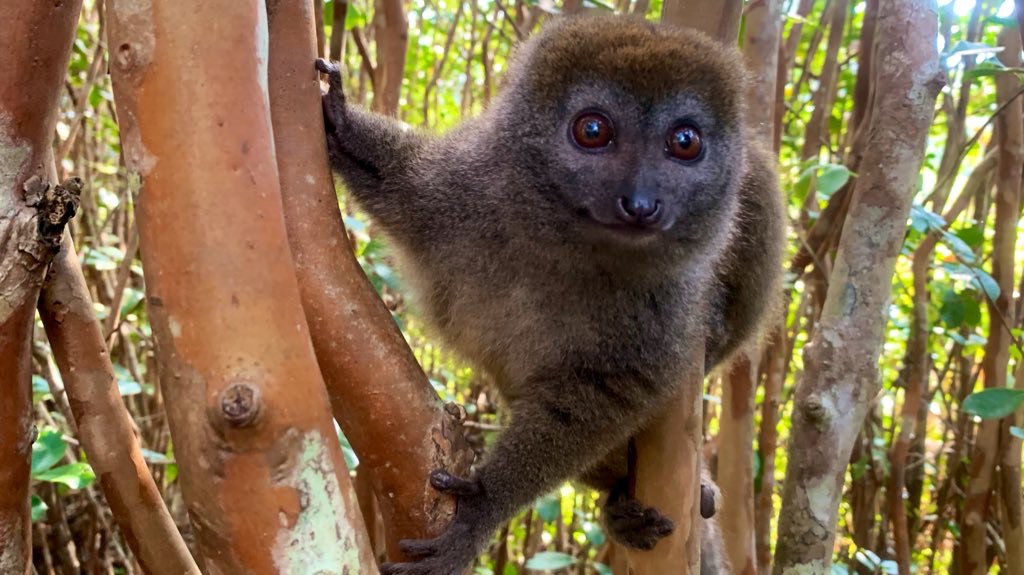
Our work has allowed us to contribute to the IUCN assessments of the status 17 lemur species in Madagascar and to conserve the following 24 threatened species, including 11 species of lemur:
- Red ruffed lemur (Varecia rubra) (Critically Endangered)
- White-fronted brown lemur (Eulemur albifrons) (Vulnerable)
- Black and white ruffed lemur (Varecia variegata) (Critically Endangered)
- Scott’s sportive lemur (Lepilemur scottorum) (Endangered)
- Moore’s woolly lemur (Avahi mooreorum) (Endangered)
- Aye-aye (Daubentonia madagascariensis) (Endangered)
- Hairy-eared dwarf lemur (Allocebus trichotis) (Endangered)
- Masoala fork-marked lemur (Phaner furcifer) (Endangered)
- Seal’s sportive lemur (Lepilemur seali) (Vulnerable)
- Northern bamboo lemur (Hapalemur occidentalis) (Vulnerable)
- Goodman’s mouse lemur (Microcebus lehilahytsara) (Vulnerable)
- Hawksbill sea turtle (Eretmochelys imbricata) (Critically Endangered)
- Madagascar serpent-eagle (Eutriorchis astur) (Endangered)
- Madagascar heron (Ardea humbolti) (Endangered)
- Green sea turtle (Chelonia mydas) (Endangered)
- Fosa (Cryptoprocta ferox) (Vulnerable)
- Spotted fanaloka (Fossa fossana) (Vulnerable)
- Eastern falanouc (Eupleres goudotii) (Vulnerable)
- Broad-striped vontsira (Galidictis fasciata) (Vulnerable)
- Brown-tailed vontsira (Salanoia concolor) (Vulnerable)
- Madagascan flying fox (Pteropus rufus) (Vulnerable)
- Madagascan fruit bat (Eidolon dupreanum) (Vulnerable)
- Olive ridley sea turtle (Lepidochelys olivacea) (Vulnerable)
- Dugong (Dugong dugon) (Vulnerable)
This publication was produced with the financial support of IUCN Save Our Species. Its contents are the sole responsibility of Dr. Cortni Borgerson and do not necessarily reflect the views of IUCN.

